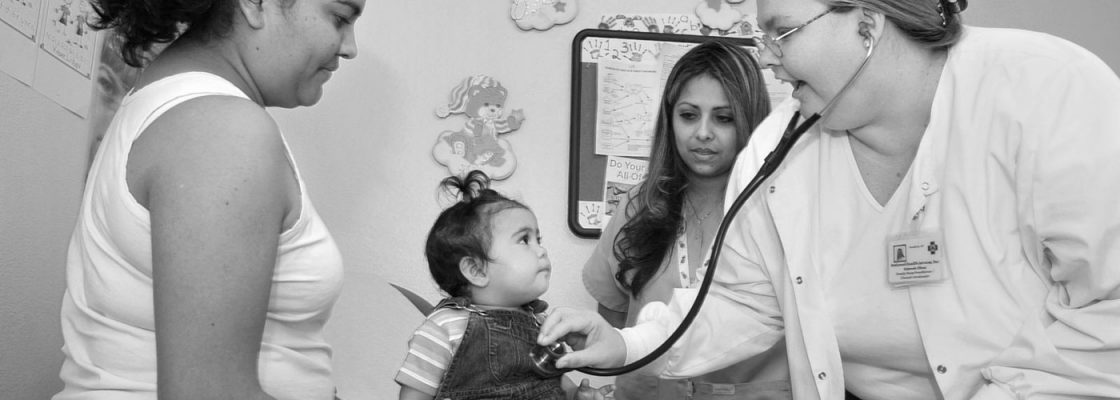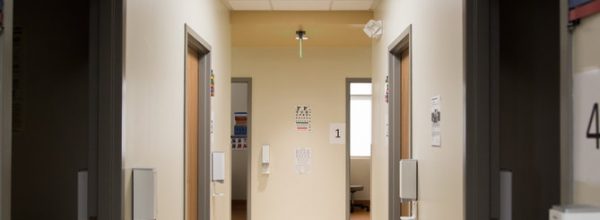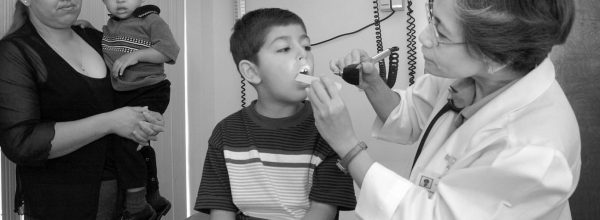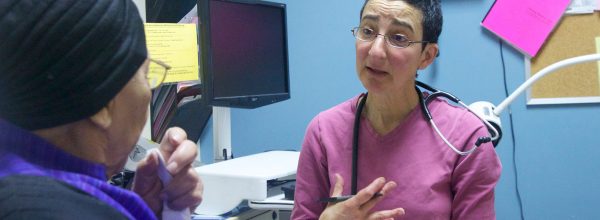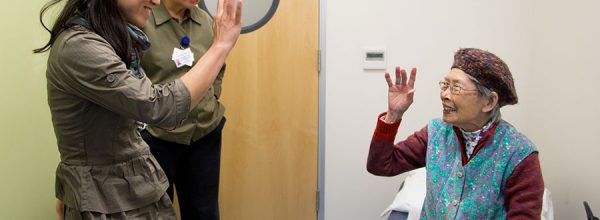This is the second half of a two-part Innovator Highlight. You can read Part 1 here.
The Children’s Health System of Texas (CHST) has invested significant amount of time, effort and resources in addressing the social needs of patients and the social determinants of health. Three examples of this include the Working in Neighborhoods Strategically (WINS) initiative, the Neighborhood Plus/Grow South initiative and the Health and Wellness Alliance.
WINS
The WINS initiative is a CHST community engagement program to improve health of marginalized and vulnerable communities in the Dallas Metroplex area. The initiative focuses on 5 priority areas, including:
- Economic Development
- Education
- Safety and Security
- Housing
- Health
Neighborhood Plus/Growth South
The Neighborhood/Growth South initiative is designed to improve the perception and the reality of significant disparities between North and South Dallas. It promotes the idea that challenges in South Dallas ultimately impact the rest of the metroplex and therefore it is in the best interest of all those invested in the health and development of the metroplex to strengthen the neighborhoods, culture, schools and investments in the Southern Dallas region.
Health and Wellness Alliance
This is a non-profit coalition of over 100 influential community stakeholders that is being incubated by the CHST. They are committed to improving the health of the children in Dallas and Collin County and they face difficult realities including that 29% of kids in Dallas County live in poverty, 18% do not have health insurance and 28% have inadequate food and nutrition. They are focusing on healthy weight management and asthma. In the case of addressing asthma, they have applied the five conditions of collective impact for successful community engagement: 1) Common Agenda, 2) Shared Measurement, 3) Mutually Reinforcing Activities, 4) Continuous Communication and 5) Backbone Support. They are building workforce capacity with volunteer parents of children with asthma as community health workers. They are also using technology to improve service delivery and identify need with a “My Asthma Pal” app. In addition, they are addressing environmental challenges for children with asthma by partnering with the City of Dallas on Housing Code revisions, training city code enforcement staff and providing expert medical witnesses to testify for housing code related civil case.
Children’s Health System of Texas has been focused on “building beyond the medical home into the broader health neighborhood”. With this philosophy, they are strategic in ensuring that at each point where a child/family interfaces with the larger health neighborhood, that they get consistent messaging and guidance. This requires investments in time and bidirectional education of all partners, identifying and cultivating relationships with trusted partners that impact the lives of the community, considering non-traditional “health agencies” as subject matter experts (such as YMCA, food pantries and WIC), and working with policymakers to sustain successful strategies and models.
Find this useful or interesting? We’re constantly sharing stuff like this. Sign up to receive our newsletter to stay in the loop.

